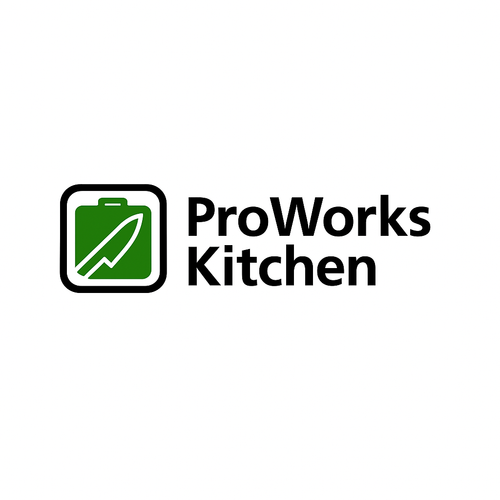Plastic cutting boards are a common kitchen item, but they may not be as safe as you think. While they’re lightweight, affordable, and easy to clean, plastic cutting boards come with significant risks that could affect both your health and your kitchen tools. It’s time to stop using plastic cutting boards—here’s why they’re more dangerous than you realize.
The Hidden Danger of Microplastics
One of the biggest risks of using plastic cutting boards is the potential for microplastics to end up in your food. Every time you cut into a plastic board, tiny plastic particles break off. These microplastics can contaminate your food, and you may ingest them without even realizing it. Research has shown that consumers could ingest 10 credit cards worth of microplastics every year, with plastic cutting boards being a primary contributor to this contamination. These tiny plastic particles may contribute to long-term health issues, including digestive problems and hormonal disruptions.
Bacteria Traps in Plastic Cutting Boards
Plastic cutting boards are prone to scratches and grooves from knives. These grooves can trap food particles, moisture, and bacteria, making it difficult to clean the board thoroughly. Even after washing, bacteria can still thrive inside these grooves. If you’re using a plastic board to cut raw meat or poultry, harmful bacteria like Salmonella or E. coli can spread and contaminate your food. Plastic boards are also known to retain odors, which can affect the taste of your food.
The Environmental Impact of Plastic
Aside from health concerns, plastic cutting boards also have an environmental impact. Plastic boards are not biodegradable, meaning that when they reach the end of their life, they contribute to the growing problem of plastic waste. Most plastic cutting boards cannot be recycled, adding to the plastic pollution in landfills and oceans. By continuing to use plastic, you’re contributing to the problem.
The Safer Alternative: Stainless Steel and Titanium
If you’re concerned about the health risks and environmental impact of plastic cutting boards, it’s time to switch to stainless steel or titanium cutting boards. Both materials are non-porous, bacteria-resistant, and easy to clean. Unlike plastic, they won’t harbor harmful bacteria or microplastics. They’re also incredibly durable and sustainable, making them a more eco-friendly and long-lasting solution for your kitchen.
Why Stainless Steel and Titanium Are the Better Choice
- Non-porous surfaces: Unlike plastic, stainless steel and titanium don’t trap food particles or moisture, making them easier to clean and sanitize.
- No microplastics: With these materials, there’s no risk of shedding harmful plastic particles into your food.
- Knife-friendly: Stainless steel and titanium provide a smooth, knife-friendly surface that won’t dull your blades as quickly as plastic.
- Sustainable: These materials are more durable and recyclable than plastic, making them a more eco-conscious choice.
